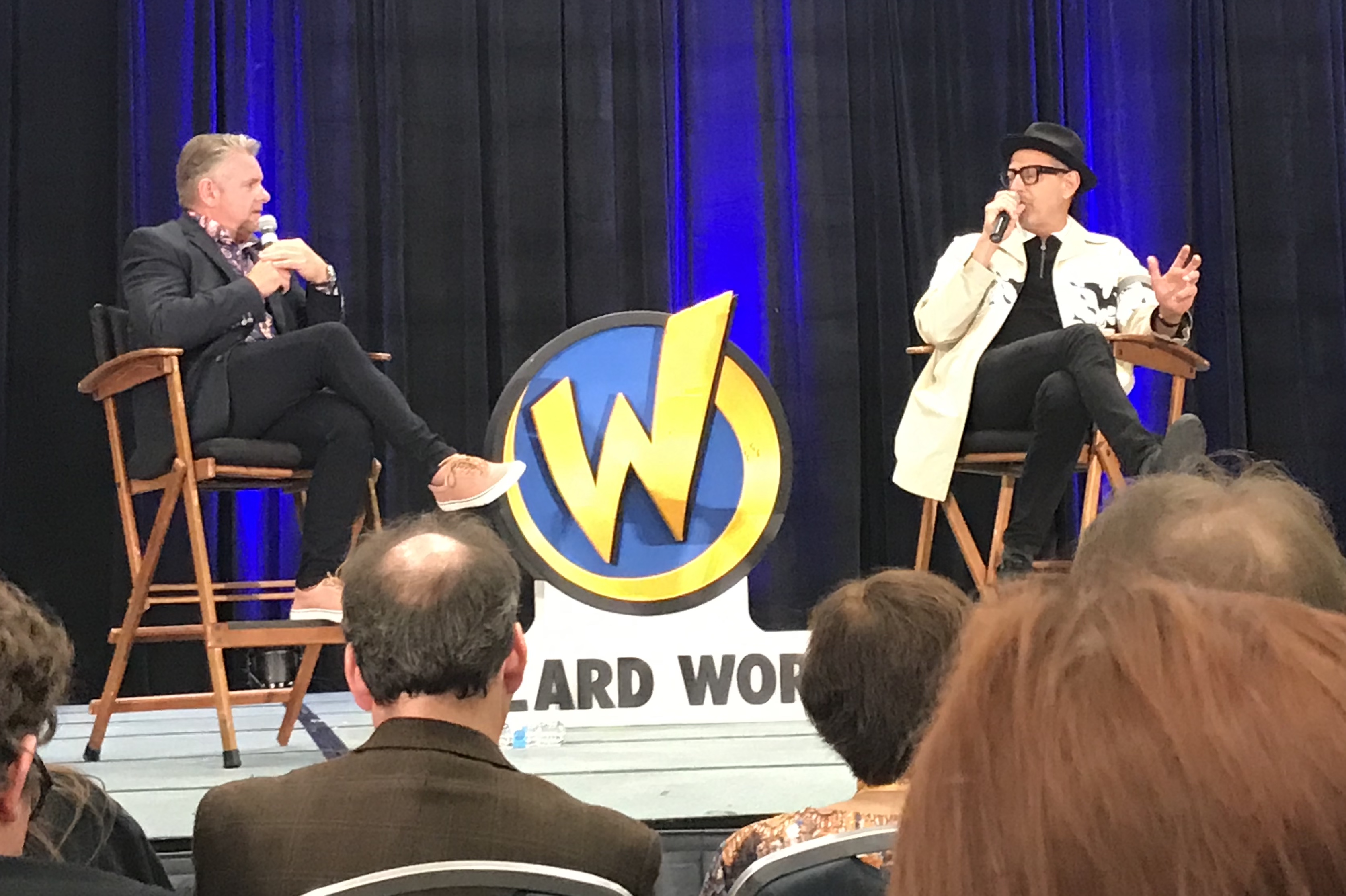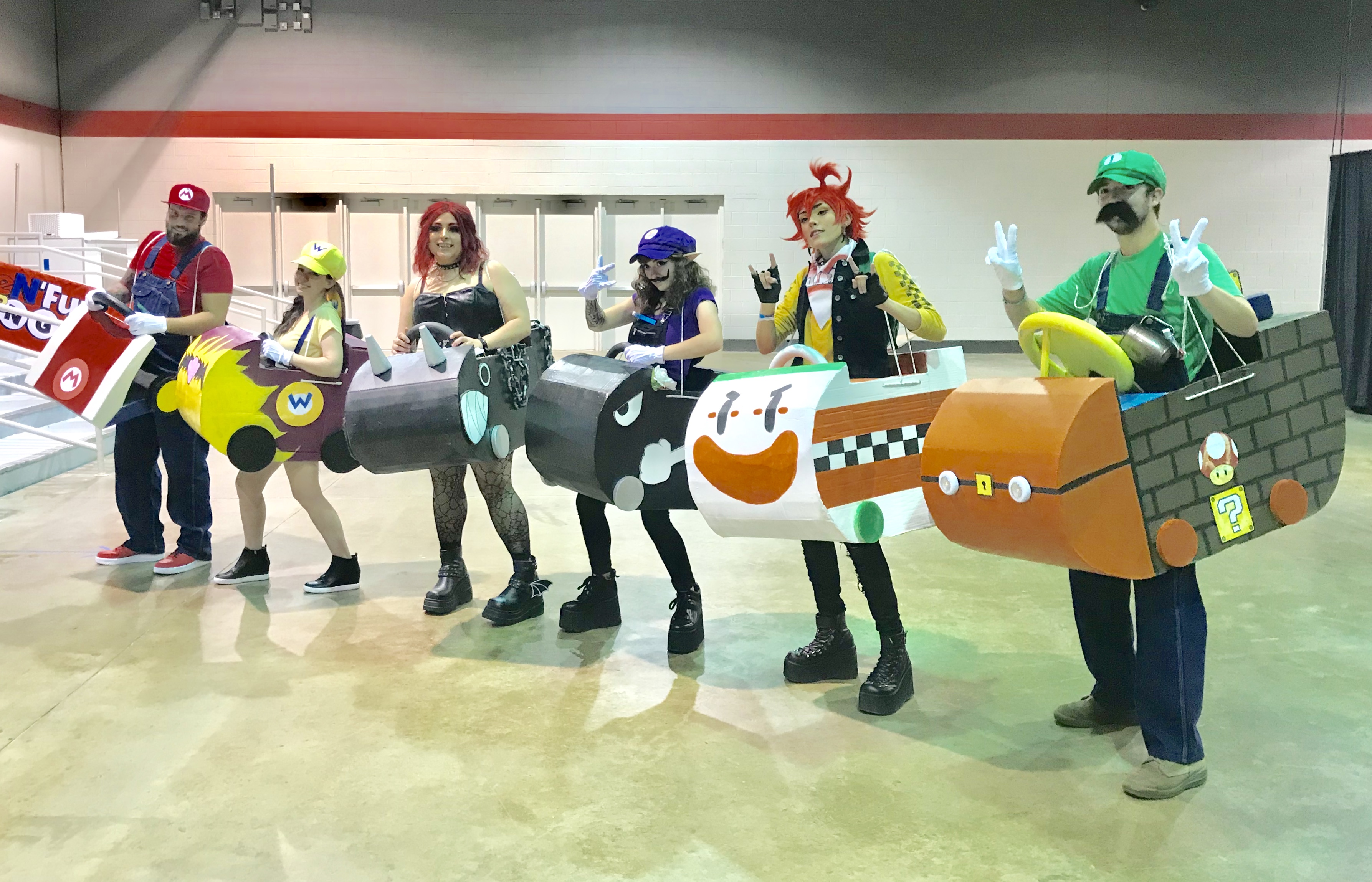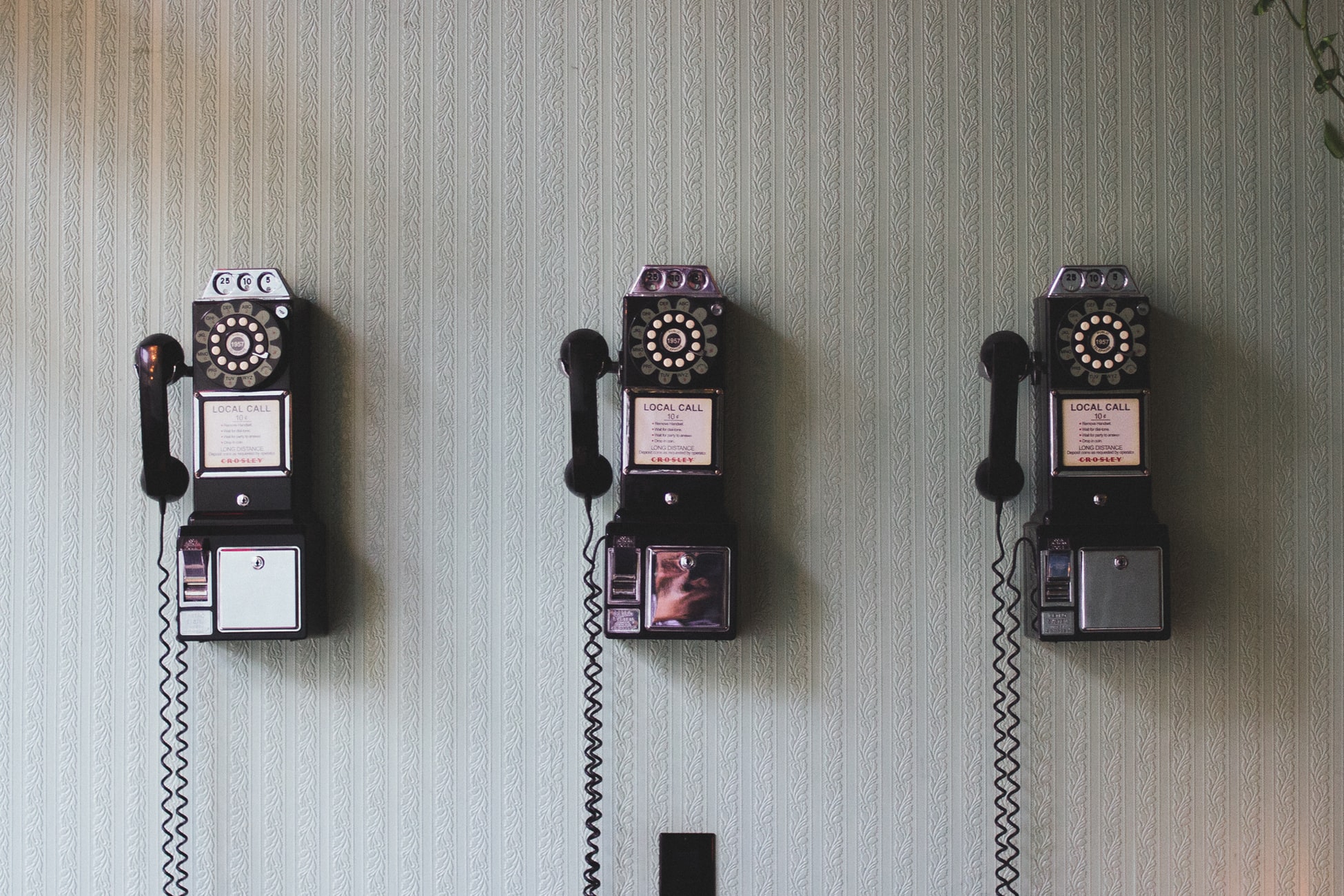New business is hard. It is grueling, fast-paced and most likely the odds are stacked against you. You’re going to exude a ton of effort. Depending on the size of the pitch, you are probably competing against multiple agencies, potentially the best in the business. And to make matters worse, you probably have to agree to tough terms to even be in the pitch, which could include signing off the rights to your work. It’s a harsh reality of today’s world of new business.
If you are fortunate to have clients coming directly to you in the absence of a pitch, it’s truly a great thing. Or your client roster is maxed out and don’t need more business. But for everyone else, pitching to gain new business is a necessary evil.
After competing in numerous pitches and winning several, my new business secret sauce has three components:
- Passion: must show at every step along the journey how much you want to win. You must have max effort even on the smallest details.
- Relationship: pitches are an artificial experience. It’s hard to build a real relationship but clients need to get a sense of what it’s like working with you – your team and the agency culture.
- Solution: what is your unique solution that is memorable, breakthrough and addresses the main ask of the pitch.
With these core areas top of mind, below are the 10 keys to winning a pitch:
All In

This might sound pretty obvious but once you decide to enter the pitch, you have to give 100% effort if there is any chance of winning. If you continue to debate participating, then don’t bother. You won’t put the effort needed and you will lose.
Exceed Expectations at Every Stage

Pitches have several stages. The goal is to exceed client expectations at every stage. You need to leave a great indelible impression. Much too often agencies can “top out” early in the process, which pretty much dooms your chances. It’s better to be good early and awesome later. The stages to getting to winning usually goes like this:
- Prospecting
- Credentials
- Written response
- Q&A
- Client check-in (potentially)
- Stand up
- Q&A
- Follow up
- Negotiate
- Win & Onboard
Superior Response Team

The backbone of new business is the response team. These are team members that live, breath and sleep new business. They move fast, have a breadth of knowledge, extremely detailed oriented, include solid business writers and keep the machine on its right path. Identifying a primary team member that will oversee the pitch is also critical.
Research like Crazy

Having insights along the journey is crucial. Who are the clients? What makes them tick? What are their passion areas? Where does the brand fall compared to their competitors? The more insights you have the better as you can choose when to tap into them.
Determine Why Business is up for Review?

One component of research is to gain a great understanding of the real reason the business is up for review. You must get to the core reason, which usually falls within relationship, creative, or financials:
- Souring of relationship with current agency
- Previous agency perceived as too expensive
- Struggling with the creative output
- Client management change
Once you figure this out, you can play into it and drive home that it is actually one of your agency’s strengths.
100% focus on their Business

It’s easy to talk about yourself. It takes less time since the content is already created and some just like talking about themselves. But if you’ve made it passed the credentials stage of the pitch, clients don’t want to hear about you. They want to hear how you are going to help them.
Dynamic Pitch team

Probably the most important area is the pitch team. It makes or breaks a pitch. Having strong, qualified, knowledgeable team members who are strong presenters. One component that is overlooked sometimes is the balance of leadership and the actual team that will work on the business. The old bait and switch (having a pitch team who then never works on the business) is not viewed positively by clients. A transparent discussion should be had about every potential pitcher and discuss strengths and weaknesses to get at the strongest team.
Solution

What is the unique idea or solution, which is translated through breakthrough creative. It must be memorable, be on brand and have a clear POV. It’s good to have some variation but needs to ladder back to the primary idea or it looks like you don’t stand for anything.
Negotiate with Confidence

It’s a great sign that you have advanced to this stage. Chances are they are doing the dance with another competitor so not completely out of the woods. This is where a really good finance person is really important. You’ve spent a lot of work to get to this point. Stand confident with your proposal and negotiate to get what you think is in the best interest of your agency.
Thorough Onboarding Plan

Now the real work begins. Onboardings are awkward. They involve the incumbent agency usually and you are still getting to know the clients. Clients want to be reassured that it’s not going to be extremely painful flipping the switch to work with you. It’s usually best to acknowledge the awkwardness and dive into utilizing a proven onboarding architecture that is grounded on a proven process, speed, and thoroughness.
Lastly, try to carve out some fun. New business can lead to some of the most memorable parts of your career. And if you win, it can have a huge impact on your entire agency – from financials to agency culture. Good luck.
If you would like to know more or have any new business questions, please email: brianphelps10@gmail.com.








































